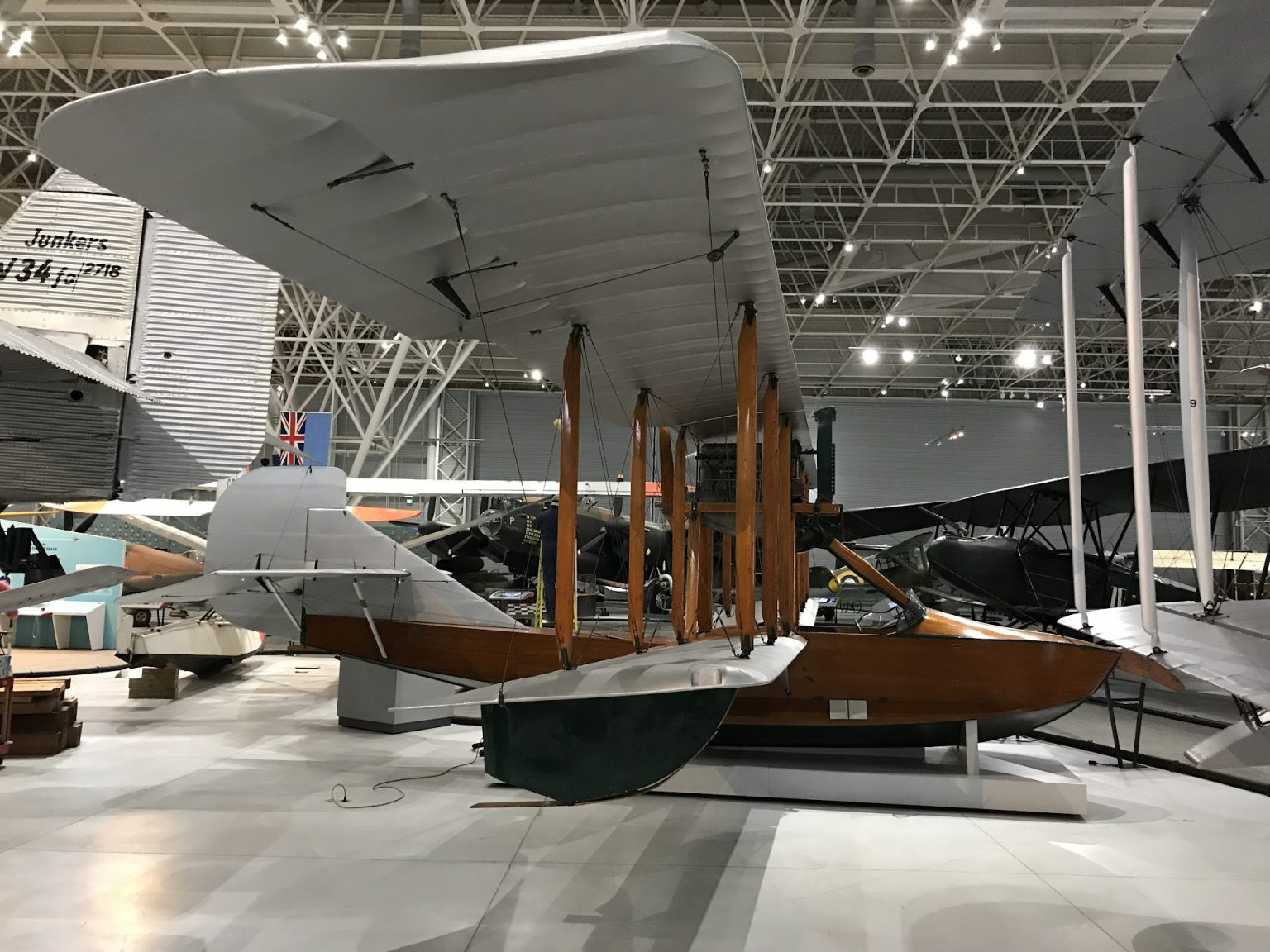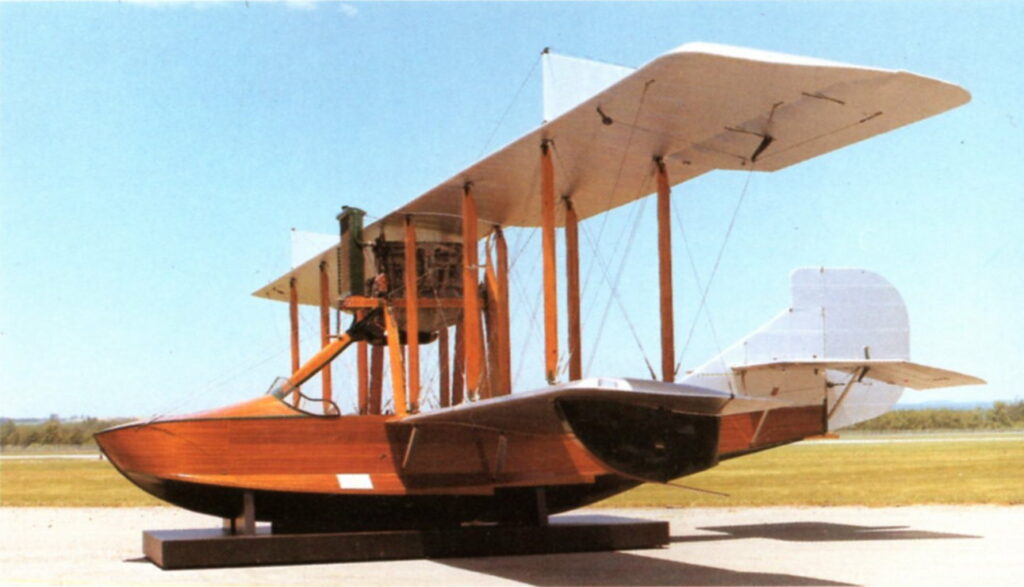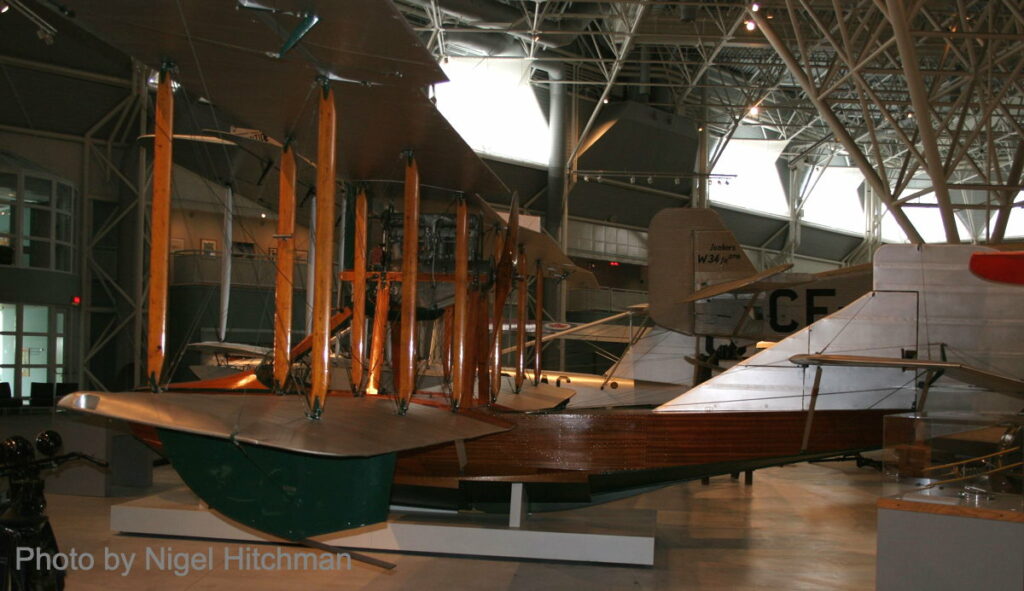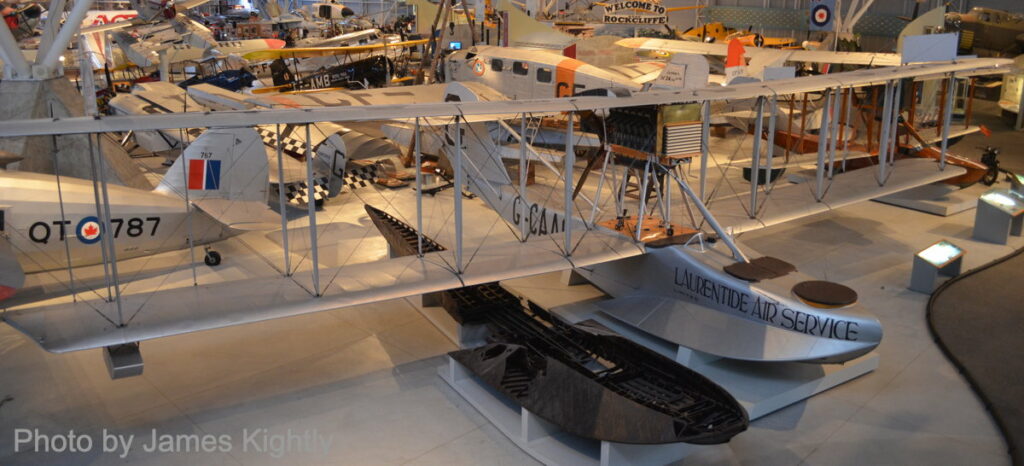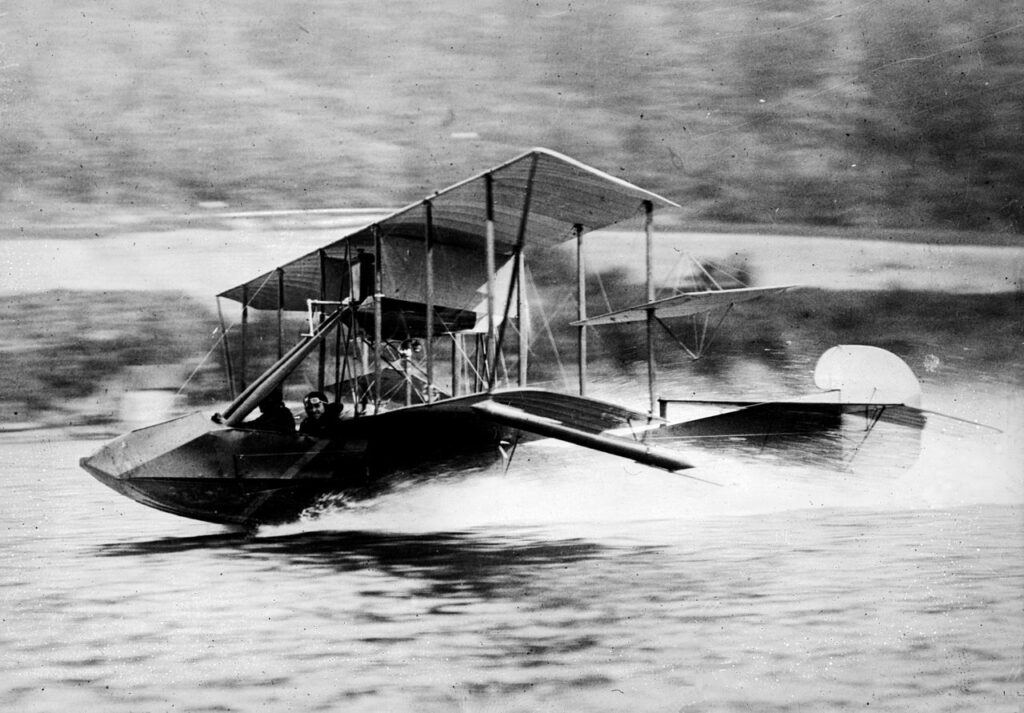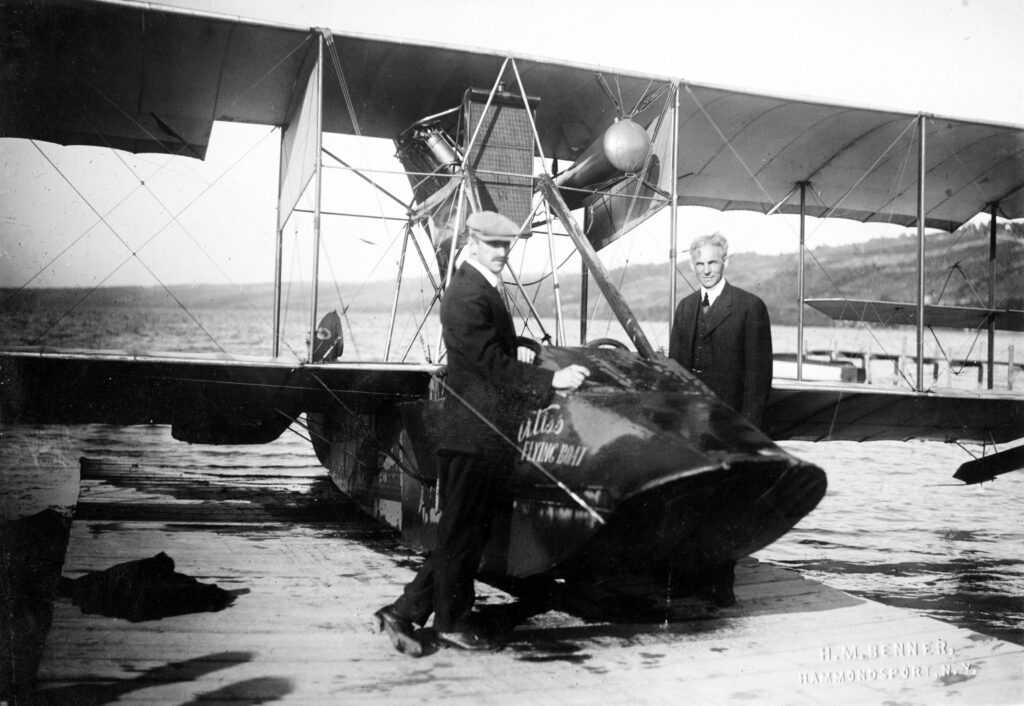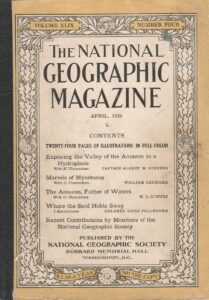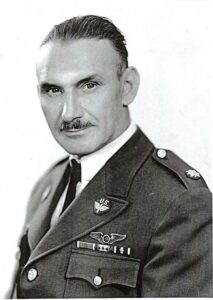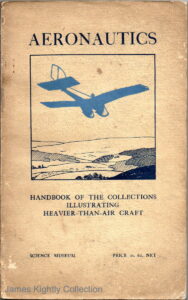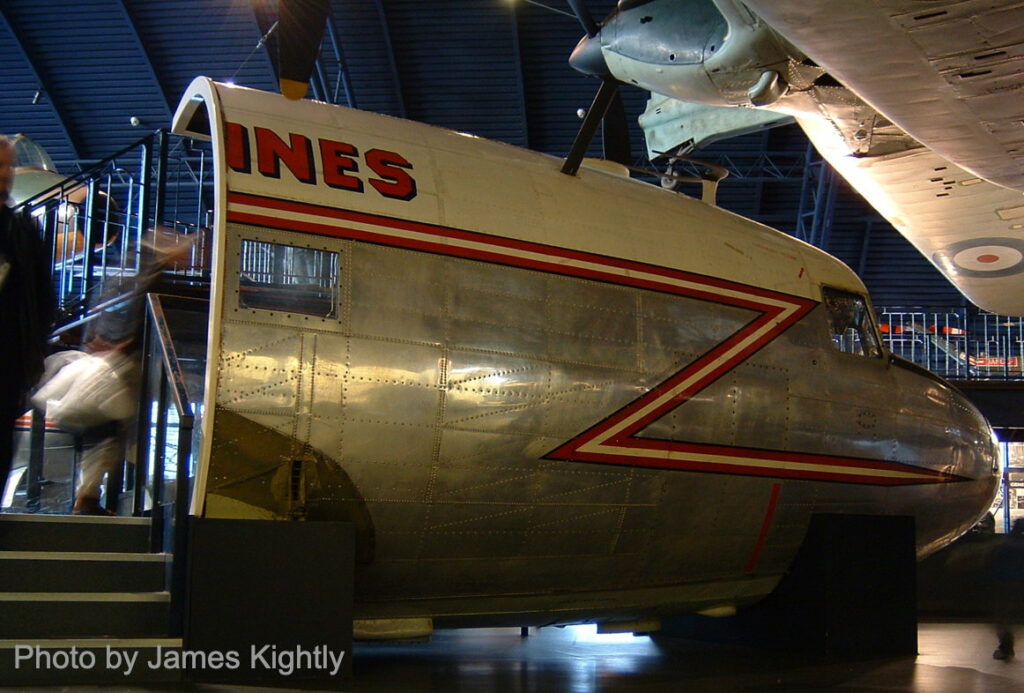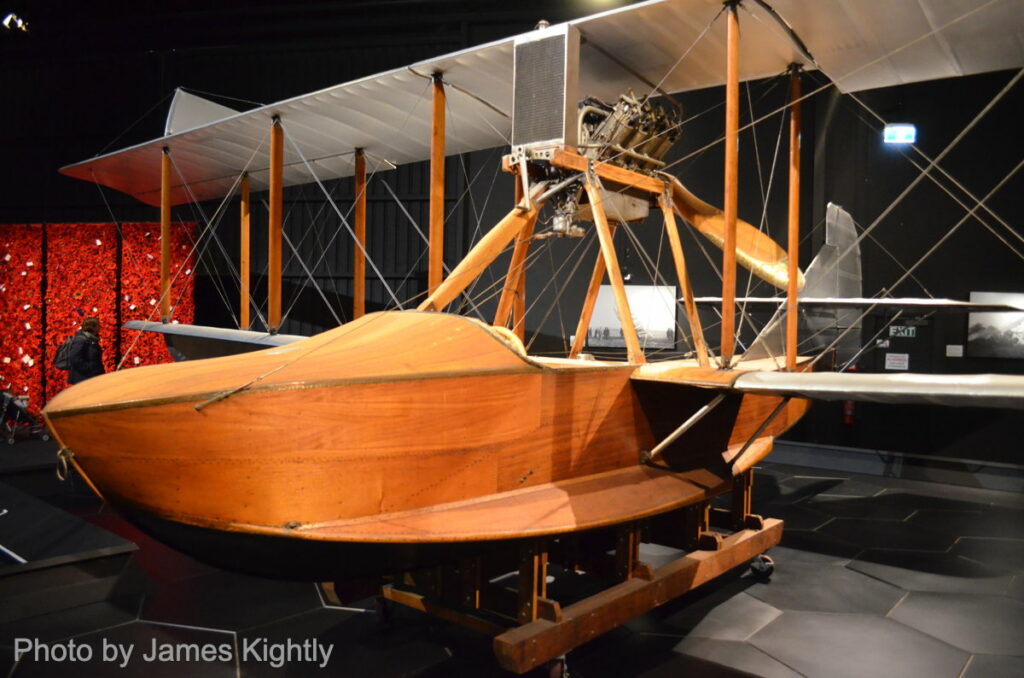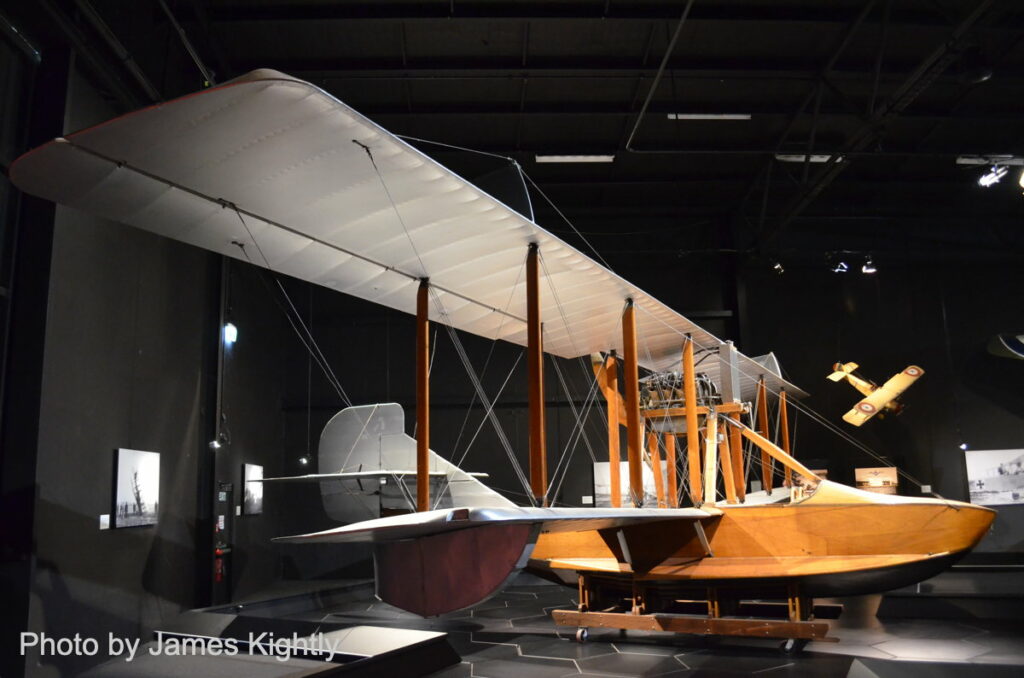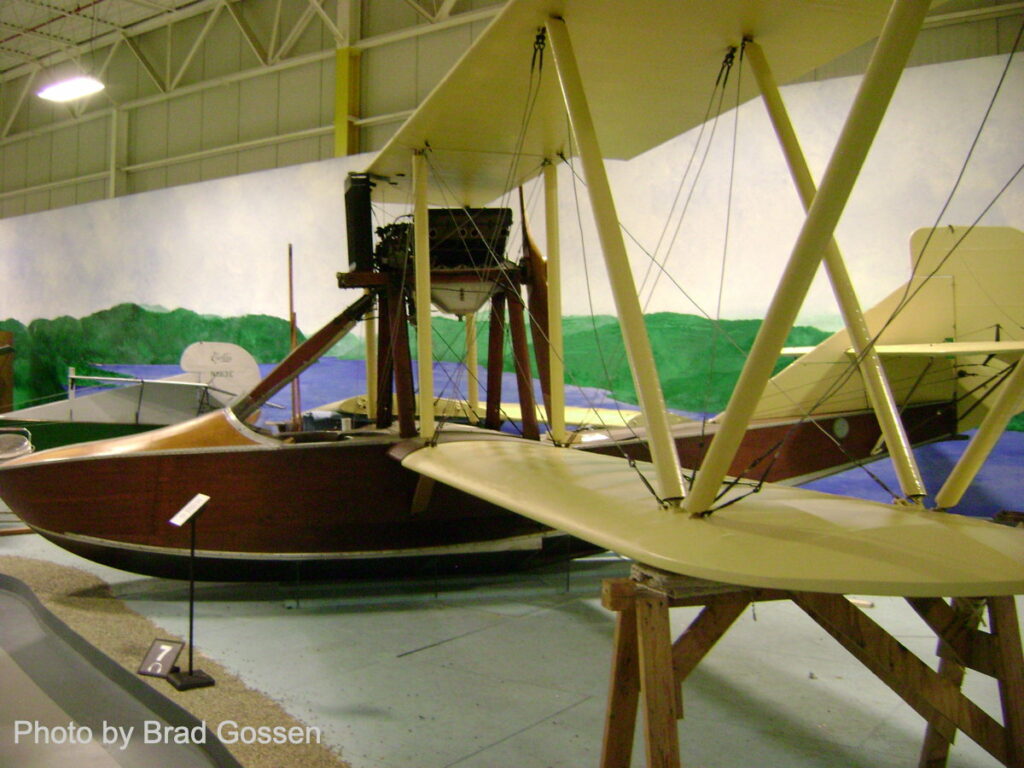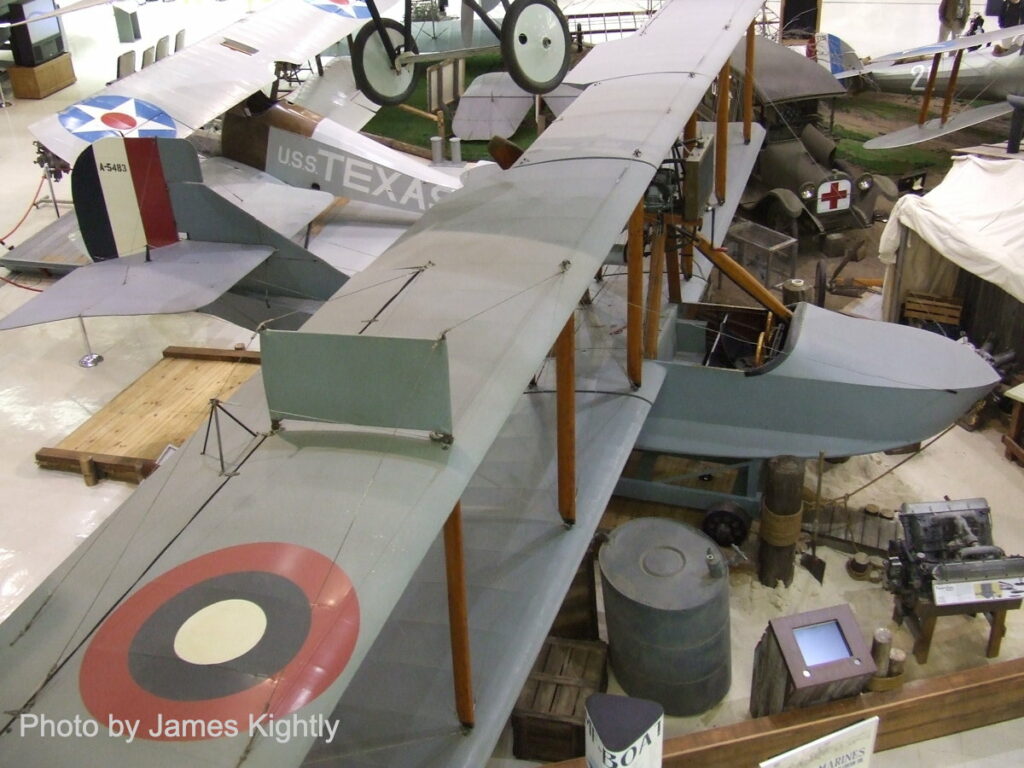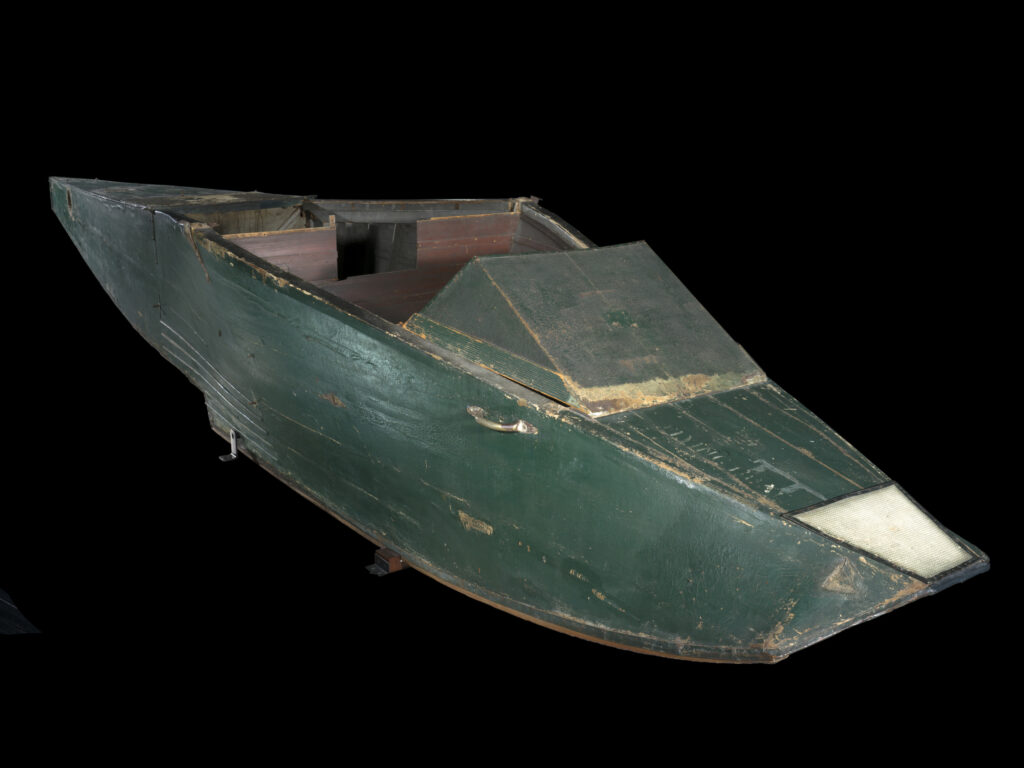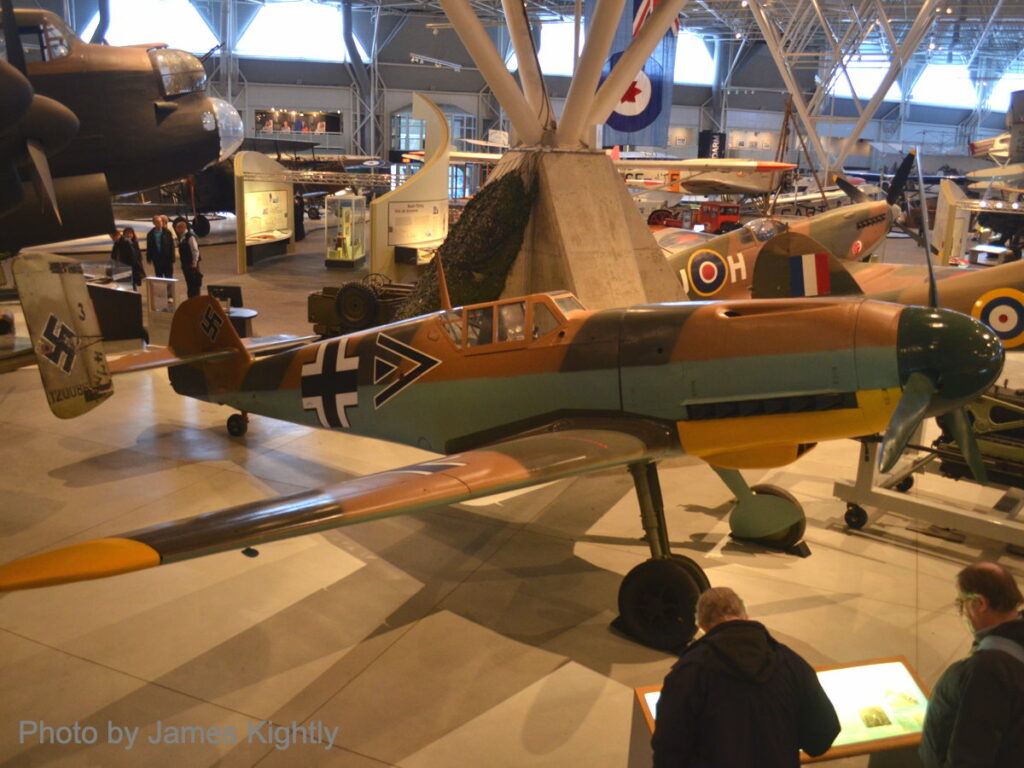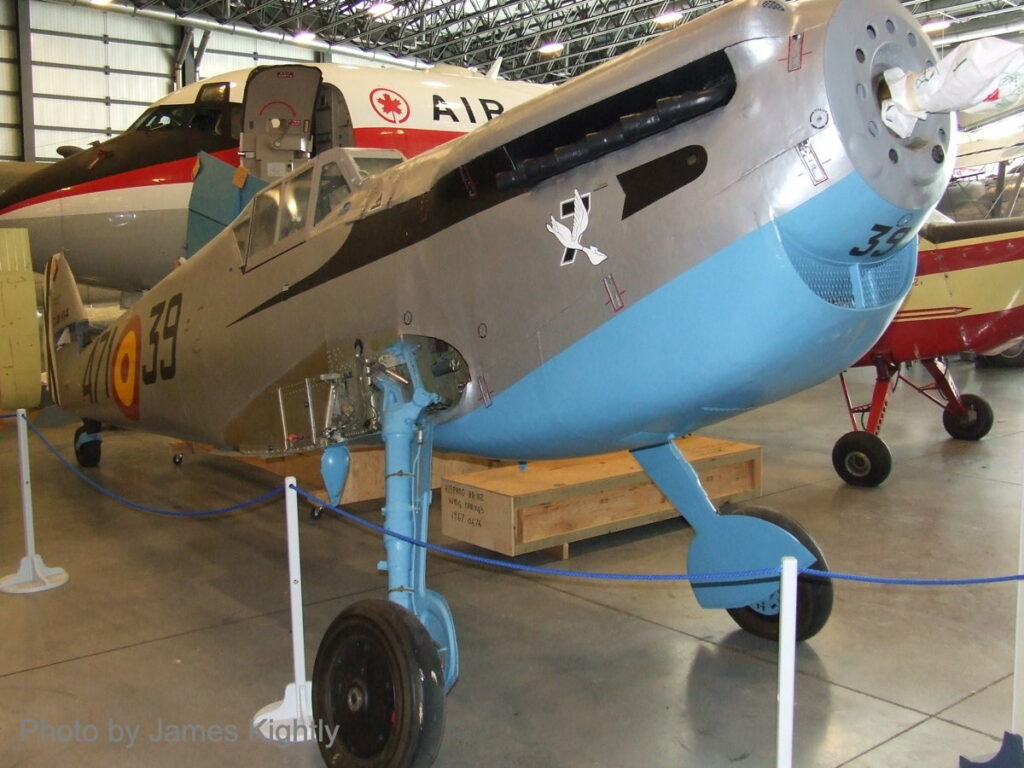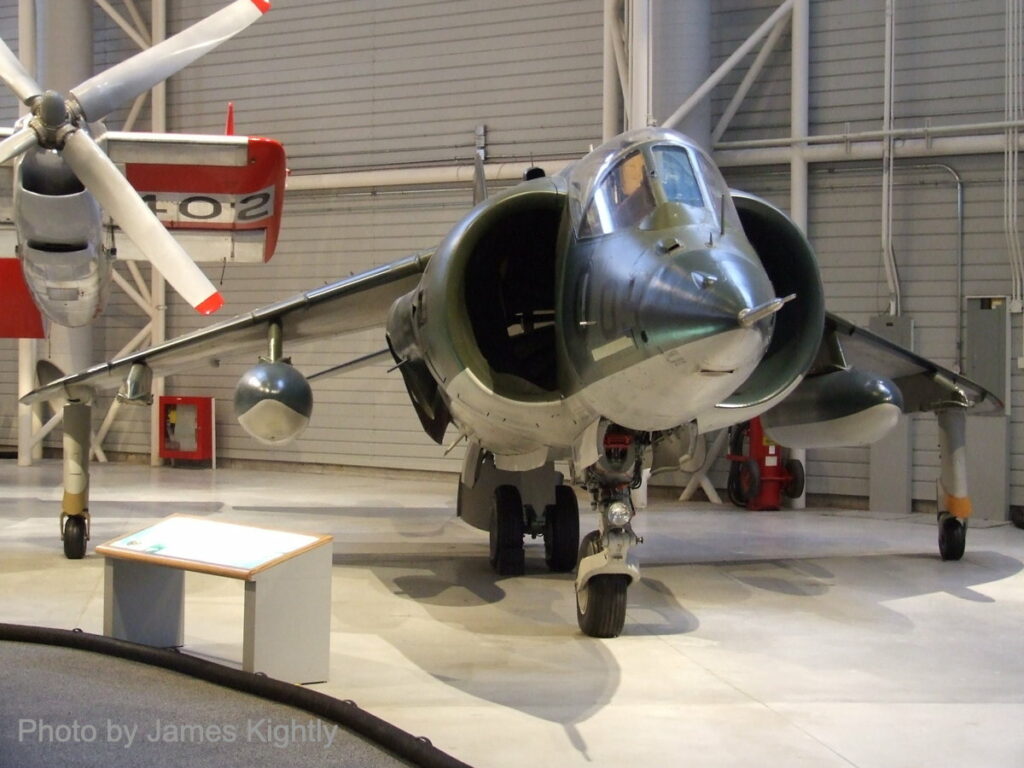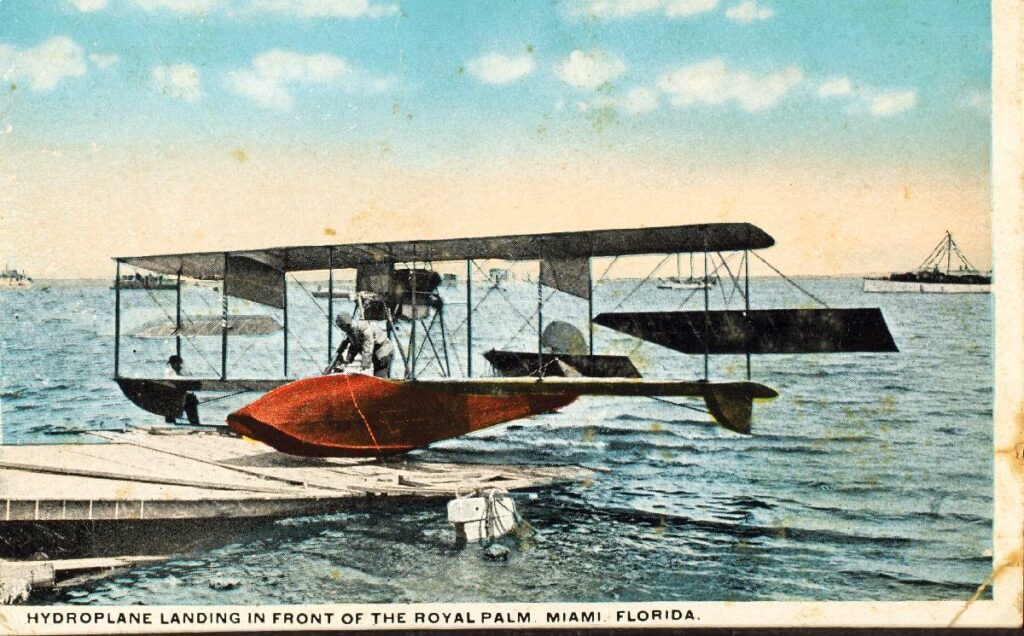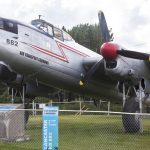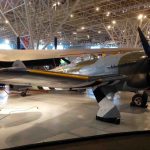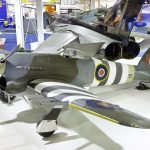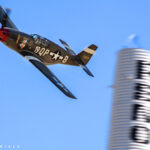By James Kightly, Commissioning Editor.
The original 1920s Curtiss Seagull flying boat, which has been on display at the Canada Aviation and Space Museum (CASM) Rockliffe, Ontario (part of the Ingenium national museum group), will transfer to the Montreal Aviation Museum, (MAM). The aircraft was recently publicly offered for disposal by the CASM. On 28 September 2023, Philippe Tremblay of CASM told us:
“The Curtiss Seagull will be deaccessioned from the collection. The Montreal Aviation Museum is home to a civil and military aircraft collection that works to help the general public – and in particularly, youth – to understand Canada’s important contributions to the world of aviation. They were the first institution to approach Ingenium with a board and acquisition committee-approved offer to acquire the Seagull. As per museology best practices, the Curtiss Seagull will not be sold and will transfer into the ownership of the Montreal Aviation Museum, who cover all costs associated with its transportation.”
The choice to dispose of the Curtiss Seagull was a surprise to many, but was caused by pressure on space in the main museum. Philippe told us on 21 September, “As part of our current work to prepare the Canada Aviation and Space Museum for the arrival of a Buffalo CC-115 aircraft from the Department of National Defence and preparations for a new Cold War exhibition, Ingenium is assessing the appropriate placement and locations of our aircraft to best reflect the revised scope of our exhibition spaces.”
The Ingenium website states, regarding the deaccessioning process; “The Acquisition Committee must approve deaccessioning before any object is removed from the collection. If a curator recommends deaccessioning a particularly valuable object, its disposal must be approved by both the Committee and Ingenium’s Board of Trustees.
“Objects approved for deaccessioning are first offered to other Canadian museums. If other museums express no interest, the objects are disposed of in accordance with accepted museum practices.”
This Curtiss boat, while having a notable history, doesn’t have a Canadian heritage connection prior to museum ownership, and can be argued to duplicate the presence of the larger Curtiss HS-2L G-CAAC of particular Canadian importance. The transfer to MAM will enhance that Museum’s collection. A Curtiss Seagull had a pioneering connection with Montreal when it was used on a major barnstorming tour by Captains C.T. Parker and G.T Wilcox around North America, flying from New York to Montreal, then the Great Lakes, and ending in New Orleans.
In contrast, Curtiss HS-2L G-CAAC, named ‘La Vigilance’ and operated by Laurentide Air Service Limited, was Canada’s first post Great War bush plane, and notched up numerous firsts, including Canada’s first forestry patrol and first aerial timber survey, both in 1919; as well as the first regular Canadian airmail service, in 1924. The reconstruction (displayed alongside the original conserved hull) is the only HS-2L in the world.
Curtiss Pioneering Watercraft
The Curtiss Seagull was the last named version of a series of flying boats originally developed by the Glenn Curtiss company in the early 1910s, following the float equipped Curtiss Pusher derivatives. The Curtiss Flying-Boat No.2, often called ‘The Flying Fish’ was the first of this family to successfully take off from water, in 1912.
This led to the Models E and F, with what became the standard configuration of a wooden flying boat hull with a biplane wing cellule mounted above, with a mid-wing pusher engine (fitted with a diagonal strut angled from the engine down to the hull to take the power loads) and a conventional cruciform empennage. Postwar the design was improved by widening the hull to include side sponsons, though the wingtip floats were retained. Later designated the Model 18 at the time it was known as the MF for ‘Modern F’, and in civil use, as the Seagull, later sometimes the Model 25. (The 1930s floatplane Curtiss SOC-2 Seagull is a completely different type.)
As well as, for the time, extensive civil use pre- and post-war, military versions were used for aerial reconnaissance and flying training by US forces, including on the Vera Cruz Mexico expedition in 1914. License produced by the Naval Air Factory and in Italy by Zari Brothers, for the US and Italian navies, other examples were also exported to the Russian Navy in 1913. A notable achievement by a development version of the F was the Curtiss C-2 used by Elmer Sperry for a pioneering automatic pilot in August 1913, some details here.
This Curtiss Seagull was donated to the Science Museum, London, by noted explorer of the era Dr Alexander Hamilton-Rice following its use in his South American expedition of 1924-25. Named ‘Eleanor III’, the otherwise unregistered Seagull had been chosen to be the airborne ‘eyes’ of the expedition but to also pioneer trials of aerial photography and mapping, which proved successful, despite several accidents and setbacks.
This Curtiss Seagull operated on the expedition with only two crew. It was powered by a Curtiss C.6 inline six-cylinder engine, of 119 kw (160 hp) and the fabric covering treated with a then-innovative aluminum impregnated dope to resist the organic fabric’s degradation in sunlight. It was flown by Walter T Hinton (Lieutenant of the USN) with Captain Albert W Stevens of the US Army Air Service as the aerial photographer. Hinton had been one of the two pilots of the US Navy’s NC-4 flying boat, the first aircraft to traverse the Atlantic, while Stevens went on to a notable career in the US Army Air Corps, both men setting records in ballooning in the inter-war period. Despite their record setting achievements, both lived to beyond World War Two.
Stevens’ article in the April 1926 issue of National Geographic was subtitled “Twelve Thousand Miles of Flying Over the World’s Greatest River and Greatest Forest to Chart the Unknown Parima River from the Sky” outlined the remarkable effort over sixty pages and eighty photographs.
Alexander Hamilton-Rice wrote of the initial achievements: “Hinton showed up this morning coming from Manaos and is returning up river again with us this evening. He has been ill with fever, but seems all right again. Hinton has made four flights over the Rio Negro at about 8,000 feet, the whole town, of course, agog with excitement and out for the occasion. Before many days now, history will be in the making as regards new departures in South American exploration; and the aeroplane and aerial photography as efficient, expeditious and imperative adjuncts to modern, first-class, perfectly equipped expeditions will be conclusively and graphically demonstrated.”
More excitable newspaper reports of the time made much of the potential of expedition members being eaten by cannibals (which there weren’t) or piranhas (which there were). Not surprisingly, the hard-worked and heavily patched flying boat was retired at the end of the expedition. Dr Hamilton Rice donated it to the Science Museum, and it appeared in their 1929 Aeronautics catalogue.
Damaged by a German bomb in World War Two, it was traded to the (then) National Aviation Museum of Canada in 1968 from the Science Museum in exchange for a Royal Canadian Air Force Douglas Dakota nose section. (Built as a C-47B-30-DK by Douglas at Oklahoma City, as USAAF 44-76586, the transport went to the RAF as KN448, a Dakota IV, then onto the RCAF with the same serial.)
The Seagull flying boat was restored in 1974, though without regaining the name ‘Eleanor III’ on the nose, and remained on display at Rockliffe since.
Curtiss Seagull Survivors
A few Curtiss Seagull family survivors are known to exist, including the example discussed above. Others include a Model MF, NC903, formerly A-5543 of the US Navy, which was auctioned in 2010 by Bonhams for US$506,000. It was acquired by well known New Zealand film producer (and aviation enthusiast) Sir Peter Jackson ONZ KNZM. This example is now on display at the Omaka, New Zealand, ‘Knights of the Skies’ exhibition. The Model F was used in the 1910s by the well known New Zealand Flying School of the Walsh Brothers in Auckland, New Zealand for flying training.
The Glenn H. Curtiss Museum, Hammondsport, NY, and the National Museum of Naval Aviation, Pensacola, Florida, have complete examples.
The Curtiss Museum Curtiss Model E replica was built by a team of volunteers, fitted with a 75 kw (100 hp) Curtiss OXX-6 engine, which commenced test flying from Keuka Lake in 1999. The Henry Ford Museum of Dearborn Michigan, has a 1916 Model F on display.
The Smithsonian National Air and Space Museum, Washington D.C. owns the original hull of a Model E. Owned by Logan A. ‘Jack’ Vilas, it was used to make the first crossing of Lake Michigan, from St. Joseph, Michigan, to Grant Park on Chicago’s waterfront in July 1913. Vilas donated the hull of his Model E Flying Boat to the Smithsonian Institution in 1949.
Century Aircraft built a 1914 Curtiss Model F Flying boat incorporating a number of original parts from an unidentified example, commencing work in 2016. They had been found in the rafters of an outbuilding in New Haven, CT when the new owner acquired the property. Initially believing they were parts from a windmill, the owner realized they were from an aircraft, and the type was confirmed by the Smithsonian and Curtiss museums; moreover a genuine Model F dataplate was found among the pieces.
The parts appeared to have been part of a crashed airframe. The Century Aircraft team recreated not only the airframe, but the OX-5 V8 engine as well, and the project was proven with test flights in June of 2018. The aircraft is now with the American Heritage Museum at Stow, Massachusetts, though not on display. The website for Century Aircraft has an excellent photo story of the build, including the shoulder controlled aileron actuation system here.
Messerschmitt & Other Shuffles
Other recent notable disposals from the CASM collection include a Hispano HA-1112-M1L Buchón C4k-114, to the Bomber Command Museum in Nanton, Alberta, Canada, in 2022. Acquired in 1967, the Buchón was put on display in 1984, after restoration, followed by several years of storage.
It was supplanted in the Museum’s collection by the acquisition of the more historically relevant Messerschmitt Bf 109F-4 Werknummer 10132 in 1999, which was acquired through exchange with Aero Vintage Ltd., England, for one of the Museum’s two Messerschmitt Me 163B Komet rocket fighters. This Komet, Werknummer 191 095, is now on display at the National Museum of the United States Air Force Dayton, Ohio.
An American built and operated McDonnell Douglas AV-8A Harrier, 158966, ’09’ which had been on loan to CASM for many years, has been disposed of to the Yankee Air Museum of Belleville, Michigan, who are currently soliciting financial support to arrange for its international move, hoped to take place in late 2023.
NOTE: The CASM is closed for this major re-display, between September 11 and until October 6, 2023.







